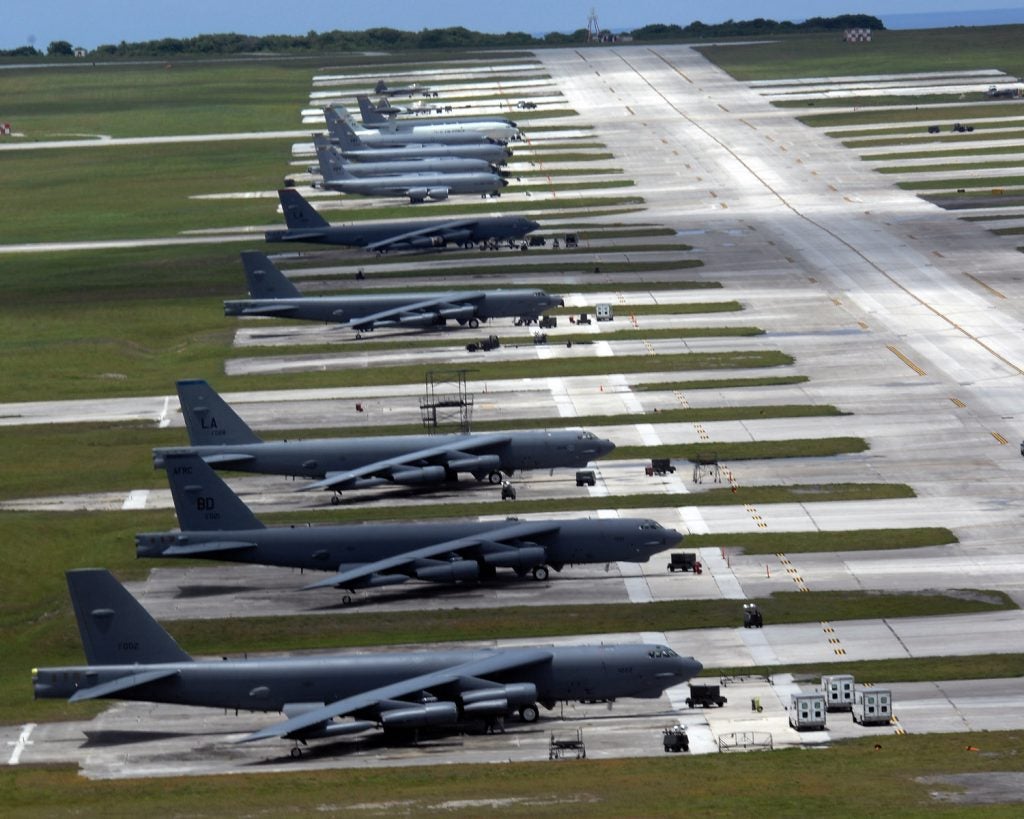Defending Guam Against The Pacing Threats Of The Pacific
In a recent interview Vice Admiral Jon Hill, director of the Missile Defense Agency, discussed the current status of various programs within the Agency. During the interview, Hill discussed in length one of the growing priorities for the MDA currently: the defense of Guam. This initiative has been a priority for the Indo-Pacific Command, and was at the center stage of the current MDA budget highlight. The Agency allocated $118.3 million in total towards the initiative in PB22.
Guam hosts several U.S. military bases. One of these bases, Anderson Air Force Base, is home to bombers conducting the Continuous Bomber Presence mission in the Asia Pacific region. Another base, Naval Base Guam, is home to several U.S. Navy submarines. Guam’s close proximity to China and North Korea has made defending the island a central piece of discussion within the Indo-Pacific Command in recent years. The threats that face Guam today are numerous. These range from Intermediate and Medium range Ballistic Missiles, such as the DF-26 and DF-21, to H-6K/J/N bombers carrying DH-10 LACM cruise missiles and YJ-12 Anti-Ship missiles.
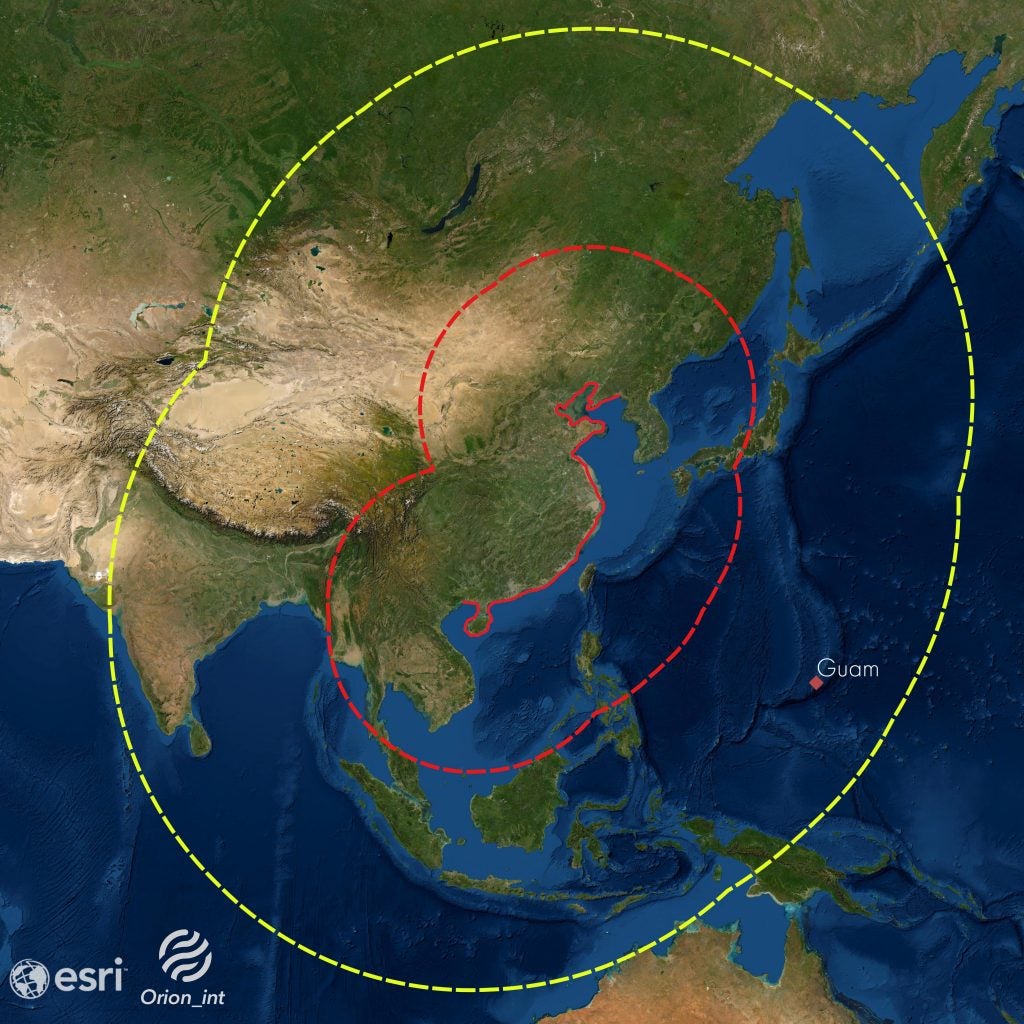
In 2015, after a year of heightened tensions with North Korea, a THAAD battery was deployed to the island. Admiral Phil Davidson, commander of U.S. Pacific Command, proposed putting AEGIS Ashore on the island, “When you look at the way the threat capability, threat capacity, is manifesting from China in the future—whether it’s ballistic missiles from the land or whether it’s ballistic or cruise missiles from air and maritime platforms—you are going to need a complete clock, a 360-degree coverage in order to help defend Guam.” the admiral said during a virtual event. The island’s only defense, the THAAD battery, currently lacks full 360-degree coverage and has no capabilities against cruise missile threats.
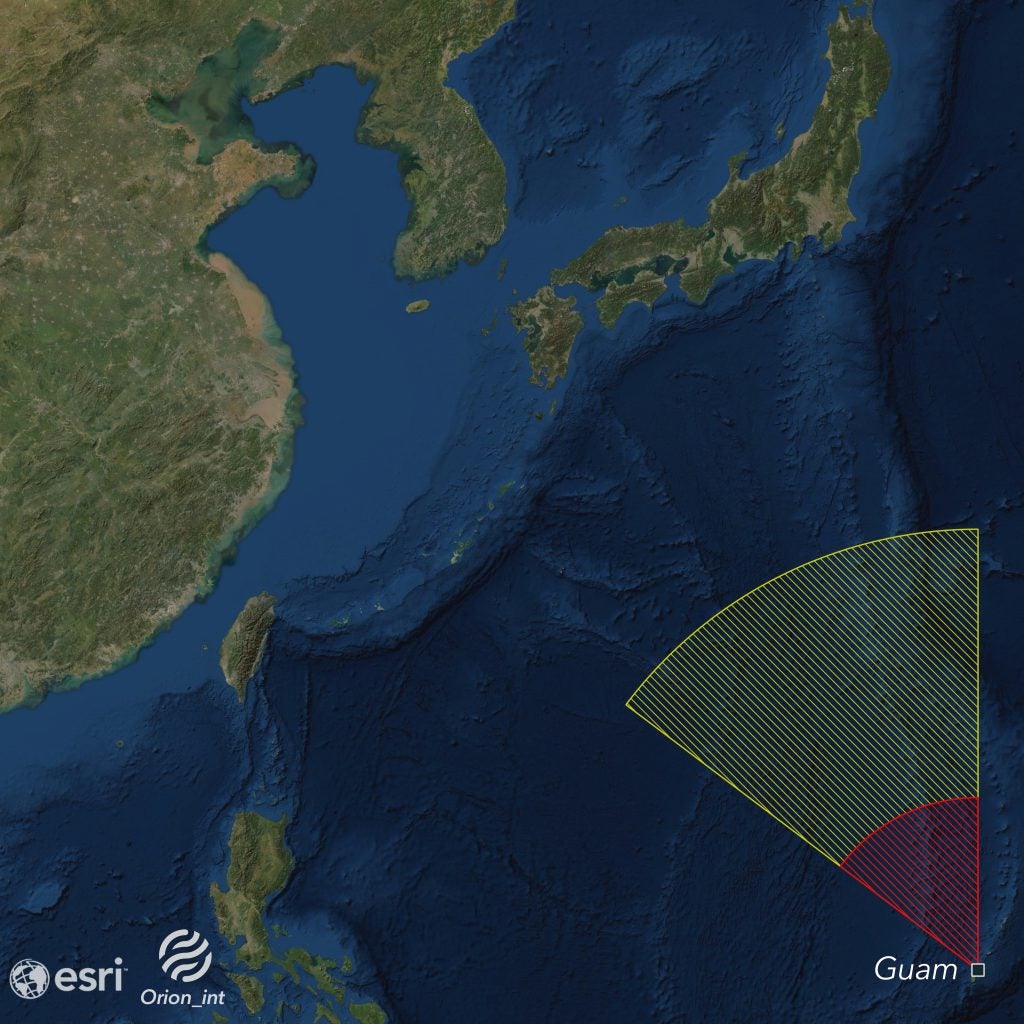
During the interview with CSIS, Hill mentioned the current status of the initiative. The agency is not looking at a single weapon system, but rather various systems and overall integration architecture. The Agency is also conducting topological assessments for sensor placement on the island due to it’s challenging topography. Guam’s geography likely means a single weapon system will not be able to adequately fully cover the island against all threats. This has led to many suggesting a AEGIS Ashore site, like those in Romania and Poland, being infeasible for the defense of the island. AEGIS Ashore would require the system to be disaggregated in order to provide full coverage.
The Systems
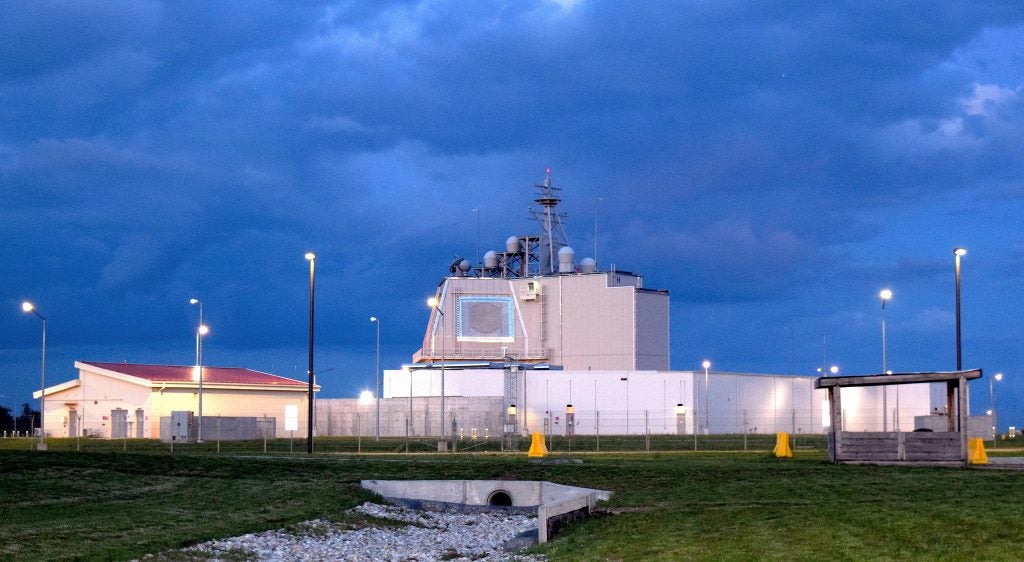
AEGIS Ashore is a land based version of the naval AEGIS Weapon System. The system carries over the CIC (Combat Information Center), AEGIS processors, power supply, Fire Control System, MK.41 Vertical Launch System and the SPY-1 radar to a land based facility. Currently, the sites in Romania and Poland have 24 MK.41 vertical launch cells occupied by the SM-3 missile. While the SM-3 is the only missile used by AEGIS Ashore, it’s not the only missile compatible with the launcher cells. If the system were to be considered for Guam it would need to be able to defend against not only ballistic missile threats, but also cruise missile and aerial threats. For this, the SM-6 or SM-2 could be integrated to address the issue.
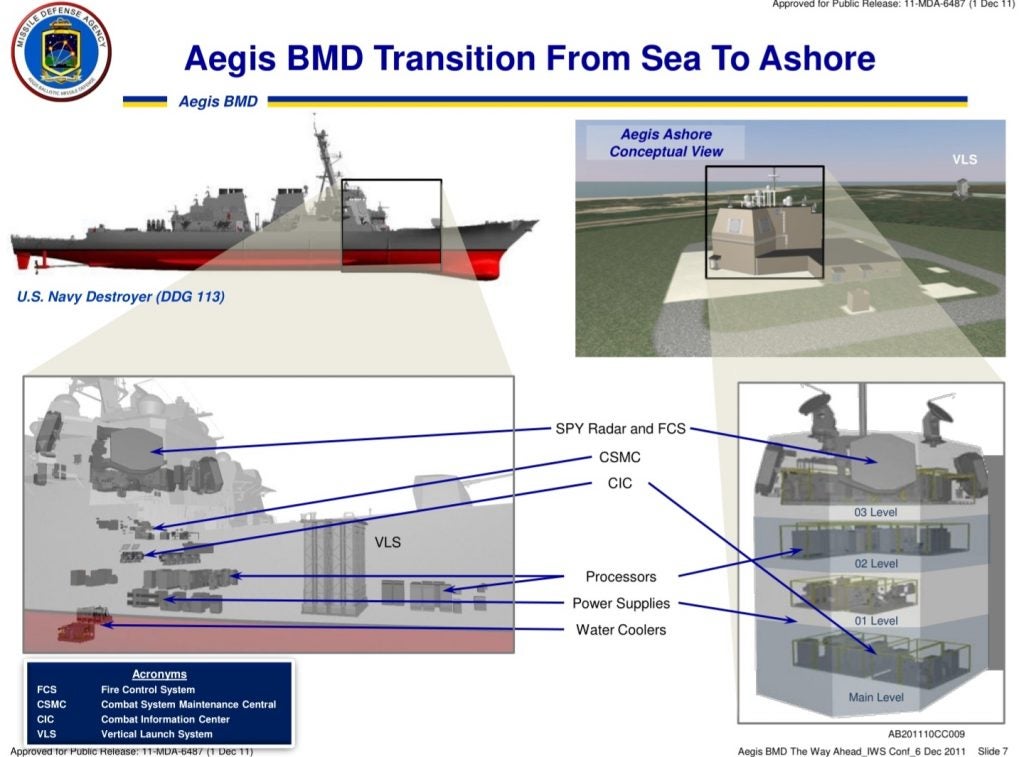
While the AEGIS Ashore option for the island could have a diverse number of missiles, an issue raised by some is the lack of mobility for the system. AEGIS Ashore wasn’t designed to be mobile. With all of the system’s sensors and launchers being fixed sites, they could be easily targeted. However Vice Admiral Jon Hill mentioned the Agency could possibly look at options that’d make the system mobile, stating “If you take the survivability question I can imagine the combat system, all of its processing and its capability being underground or being someplace else that is mobile, so that you never really know where it’s at. So there are ways to do that and it’s not a big stretch.” This mobility would provide a layer of survivability to the system that it currently lacks.
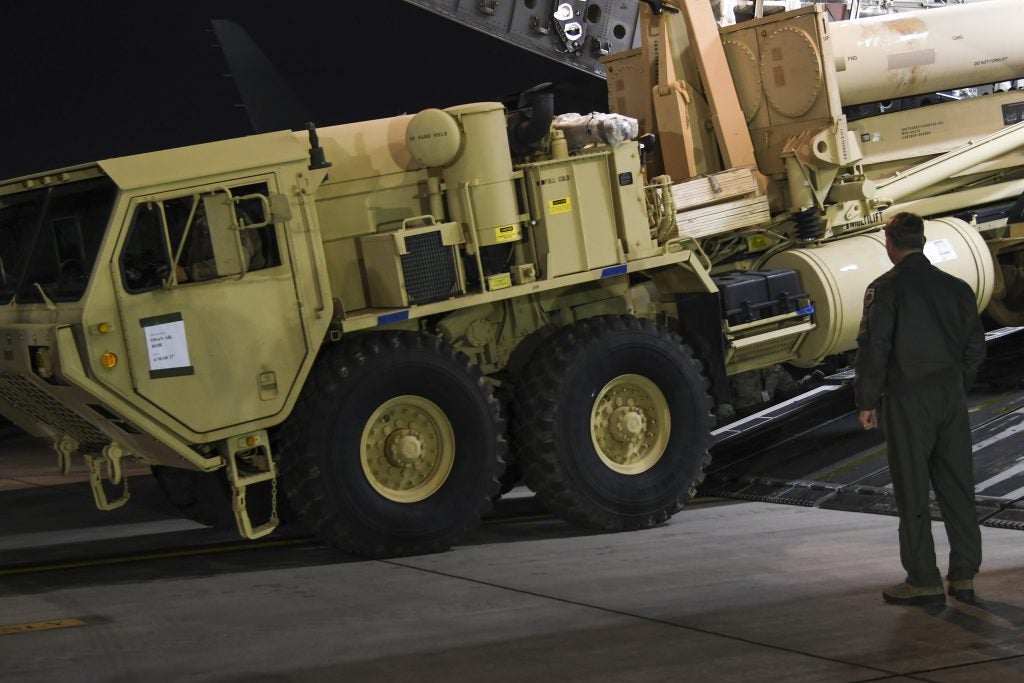
Another option for the island’s defense could be a combination of Patriot and THAAD, as previously seen in South Korea. This would provide adequate coverage against differing threat regimes, while also giving the base some magazine depth and added mobility. Recently, the MDA has been working on integrating both THAAD and Patriot systems together. The goal of this integration is to expand the interoperability of both systems and to give the commanders more options. It has the added benefit of extending the PAC-3’s envelope by leveraging the range capability of the AN/TPY-2 radar of THAAD. This was a necessity born out of deploying both systems together in South Korea. The Army in conjunction with the MDA have done a successful intercept test with AN/TPY-2 acting as a sensor for the Patriot system.
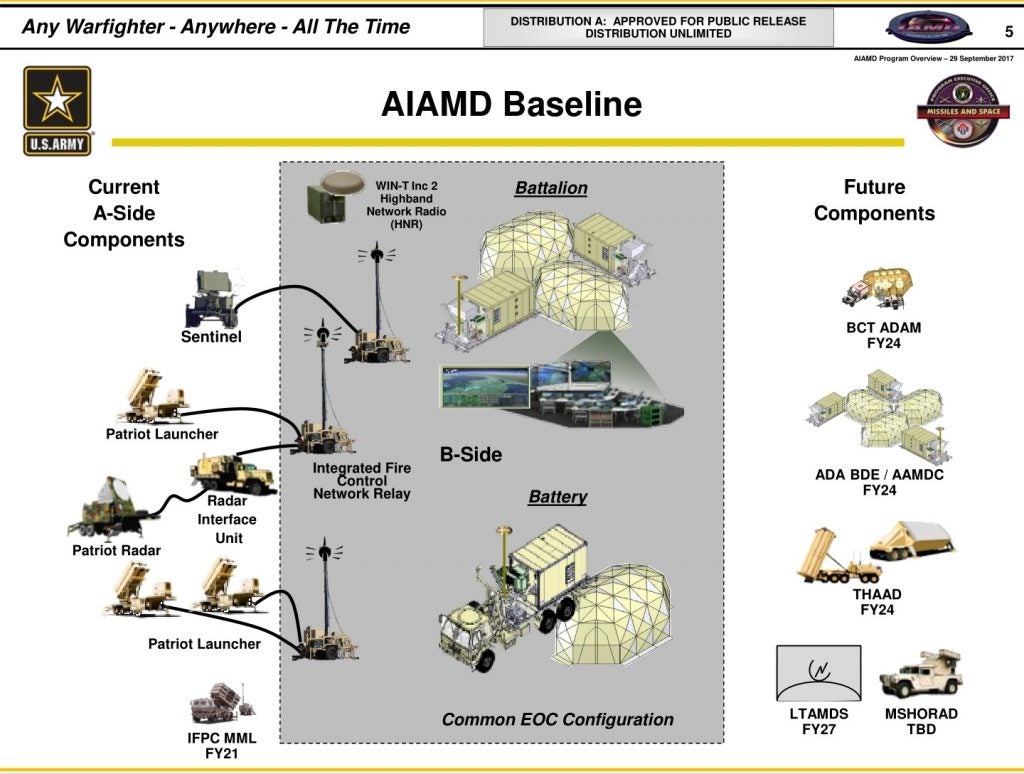
Currently the U.S. Army is working on its IBCS (Integrated Air and Missile Defense Battle Command System), a system that might be suitable for Guam. IBCS is an open architecture Command and Control Battle Management Communications (C2BMC), the system allows the Army to integrate all it’s current field and future systems into a single network. These systems can be categorized into “Sensors” and “Shooters,” by letting otherwise incompatible weapon systems share data. The system can generate fire control tracks for “Shooters,” even if the shooter’s system radar doesn’t see the target. A missile can be fired using data from other radars that can see the target, and in some cases the system can allow the radar down range take control in guiding the missile to intercept. Right now some of the Army’s legacy systems, such as Patriot and Sentinel A3 radars, have been getting IBCS integration. Meanwhile the Army’s latest systems, such as the Lower Tier Air and Missile Defense Sensor (LTAMDS) and Sentinel A4 radars, will be IBCS compatible upon delivery. IBCS’s open architecture nature also allows radars from different services, like the Marine Corps’ G/ATOR TPS-80 and the Air Force’s 3DELRR, to be integrated with each other. An example of this integration was in a test where an F-35 provided sensing information to the IBCS, which in turn passed it onto a Patriot missile. This enabled the missile to down a target using information passed on by the aircraft.
While currently the main “shooter” system integrated with IBCS is the Patriot. The Army is also looking at IFPC (Indirect Fires Protection Capability), an initiative to field a lower tier missile system to supplement the Patriot within the IBCS network. The main focus for the system would be to field a Short Range system to defend against cruise missiles, as well as UAVs. The Army is scheduled to select a winner by August of this year. IFPC also has a capability which will focus on fielding a High Energy Laser system.
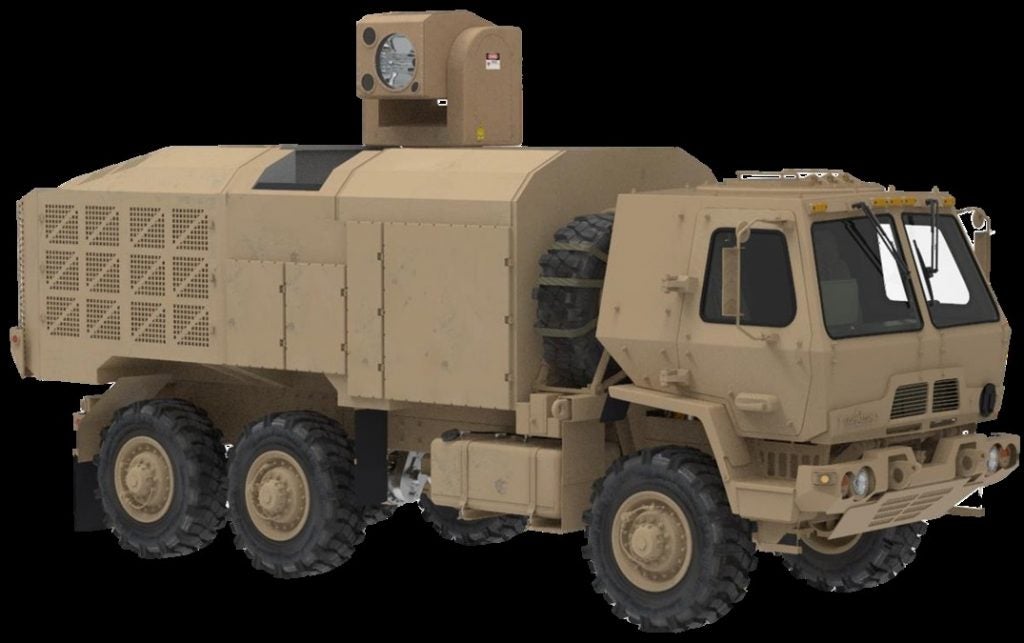
Guam and its various facilities will play a major role in America’s ability to project power into the region for many years to come. However, any defensive system for the island has to provide protection not only against the current inventory of North Korean ballistic missile threats, but also against the upcoming threats of hypersonics, stealth bombers, submarines, and aircraft carriers by China. With the American focus shift to the Asia Pacific region, China’s growing ambitions, and the regional shift in power dynamics, the defense of Guam is becoming ever more crucial to the United States.

